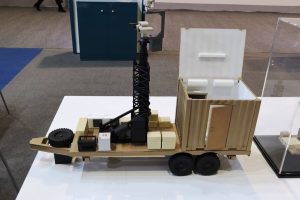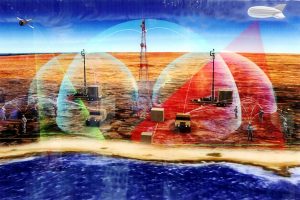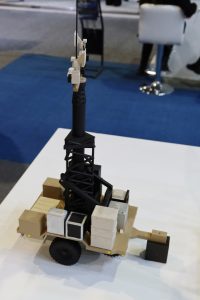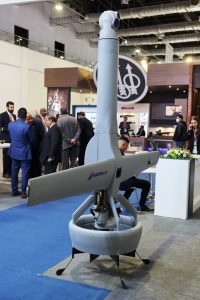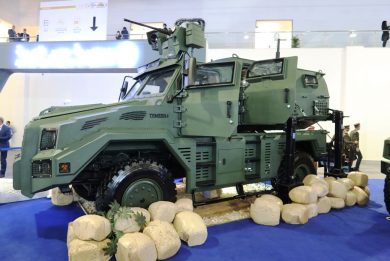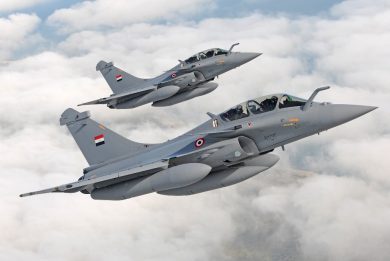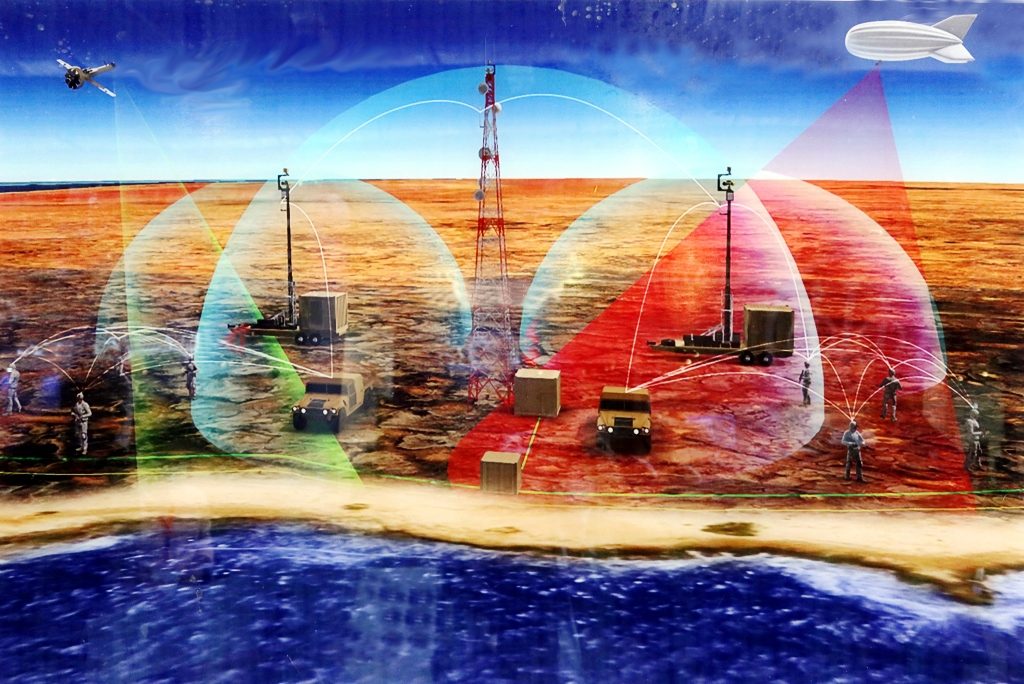
ATSC to provide full border surveillance system to Egypt
By Paolo Valpolini
Controlling the territory of a country with a coastline short of 2,500 km and a land border of over 2,600 km is not easy task, and it is even worst when a huge part of those land boundaries lay in uninhabited areas, the Libyan and Western deserts occupying about 75% of the total Egypt area. Egypt has a western border of over 1,100 km with Libya and a southern border of nearly 1,300 km with Sudan, not the most stable countries, its border with Israel being 266 km long and that with Gaza, another hot spot, being only 11 km long. As for coastal boundaries, the Mediterranean coast, which hosts the main commercial harbours including Alexandria and the strategic Suez port, which gives access to the Suez Canal, is over 1,500 km long, while that including the Gulf of Suez and the Red Sea, another sensible area considering the amount of commercial traffic, totals over 1,700 km.
It is not a surprise that Egypt decided to seal its borders with an awareness system that will cover all the country boundaries.
On October 1st 2020 the US Defense Security Cooperation Agency delivered the required certification notifying Congress of a sale concerning a Maritime Domain Awareness System that included sensors, communication systems and decision centres. The $417 million was awarded to Advanced Technology Systems Company (ATSC). At EDEX 2021 the US company exhibited models of its solutions, the maritime segment representing only the first phase of the business.
“We have already secured over 30,000 km of land and maritime borders,” Habib E. Debs, ATSC CEO told EDR On-Line at Cairo. The Virginia-based company systems have been deployed in the United States, along the Mexican border, in Africa, Asia, the Middle East and Europe, ATSC awaiting a second contract that would include the remaining portion of maritime boundaries as well as all the land borders.
According to the official DSCA document the Phase 1 contract includes 34 Integrated Fixed Towers, 28 Communication Towers, 12 Relay Towers, 6 Naval Base Operations Rooms, 2 Regional Operations Centres, 1 Strategic Operation Centre, 6 Harbour Protection Systems, an Intelligent Fibre Intrusion Detection System deployed along most of the sector, 12 Vertical Take Off and Landing UAV with 6 Ground Stations, 14 Mobile Maritime Surveillance Vehicles and, finally 3 Aerostat ISR Integrated Platforms, all those systems being provided with their related supporting equipment.
While ATSC is mostly an integrator, it has nonetheless developed a series of products, mostly mobile and fixed towers on which it adds sensors such as ground surveillance radars, maritime surveillance radars, EO/IR cameras and radio communications, taken from third party providers. The Mobile Border Surveillance System is an integrated asset that includes on a single trailer a shelter hosting operator’s workstations, a hybrid power generation system that includes solar panels and a generator to recharge batteries, which provide stable power to the sensors that are installed on top of the 33 meters high mast. Vehicle mounted-solutions are also available, which can be installed on pick-ups to easily and quickly redeploy a sensor suite in a critical area. Beside towers, ATSC developed the intelligent Fiber-optic Intrusion Detection System, iFIDS in short, a low-cost off-the-shelf solution based on a fibre optic cable laid underground, which thus remains invisible and immediately picks up vibrations generated by humans, animals, vehicles, low-flying aircraft and gunshots, a human being walking being detected at within 20 meters.
Two aerial solutions are part of the Egyptian package, which EDR On-Line understood being called “Echo-Shield”. Three aerostats will be deployed in the most critical areas of the maritime border concerned by the Phase 1 deployment, while 12 VTOL drones will ensure rapid identification of potential intruders, when needed. Two such air vehicles will be deployed in each of the six operating bases, the system selected being the V-BAT 128 developed by Martin UAV. With a footprint at take-off of around 0.3 x 0.3 meters, it is based on a lower section ensuring vertical take off. The shrouded six-blade rotor/propeller at the base of the system is powered by a 288 cm3 2-stroke electronic fuel injection engine that also provides on-bard 500 W electric power. On top of the rotor assembly we find the fuselage, on which two wings, with a 2.96 meters wingspan, are fitted, which provide aerodynamic lift once the V-BAT 128 has transitioned into horizontal flight. The engine uses Gas-Oil mix or JP4/8 fuel, and ensures 11 hours endurance, dash speed being over 90 knots while cruise speed is around 55 knots, ceiling being 20,000 ft. The air vehicle takes of at 57 kg maximum weight with an over 11 kg payload, excluding fuel. A two-way data link provides a 130 km range, although the company announced that soon a SATCOM link would be made available. The ground control station is provided by Kutta Technologies, while payloads can be of various types depending on the mission. The V-BAT 128, which is already in service with the US military as well as with six export customers, allows Egyptian authorities to quickly deploy one of those assets to positively identify any unknown intruder using high-resolution cameras at short distance.
EDR On-Line understood that the Phase 1 contract covers around one third of the total Egyptian borderline, hence when Phase 2 will be completed the overall system will include over 200 towers of different types and associated equipment.
Photos by P. Valpolini

